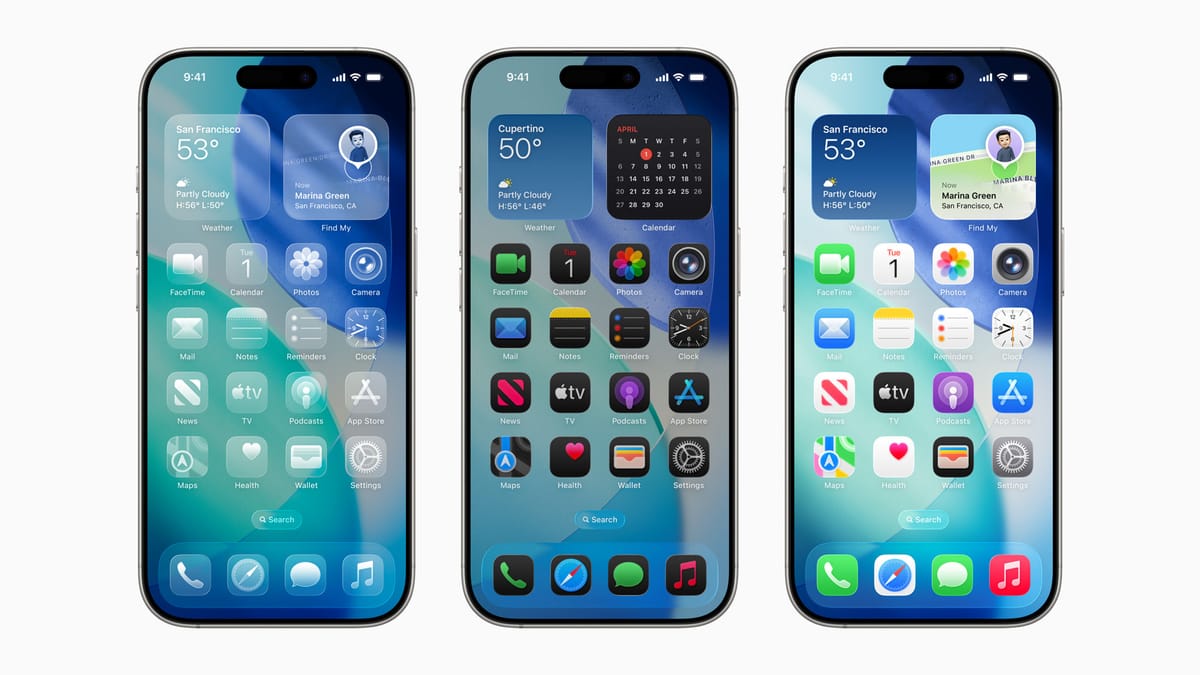Is Apple Finally Ending the MacBook Pro Era as We Know It?

Big changes are coming to your MacBook Pro. As Apple rolls out new features with macOS 26 and previews artificial intelligence-powered updates at WWDC, many classic MacBook Pro owners may find themselves left behind. The company is preparing to draw a line in the sand: support for Intel-powered Macs will soon sunset, signaling a new chapter in Apple's hardware story.
What does this shift mean for millions of users still clinging to their beloved Intel laptops? Let’s dive in.
💻 The Turning Point: Apple Cuts Intel MacBook Pro Support
Apple has officially announced that macOS 26—set to be called macOS Tahoe—will mark the last major update for classic Intel-based Macs. After that, macOS 27 and beyond will be reserved exclusively for Apple Silicon devices. Here’s what’s driving this monumental shift:
- 🔔 Only Four Intel Macs Supported in macOS 26:
• 16-inch MacBook Pro (2019)
• 13-inch MacBook Pro with four Thunderbolt 3 ports (2020)
• 27-inch iMac (2020)
• Mac Pro (2019) - ⏳ Support Timeline: macOS 26 brings the final batch of new features for Intel Macs, including an updated Spotlight, Glass UI, and the last round of Continuity features.
• Apple will provide security updates (but not features) for these machines for just three more years. - ⚡ The End of the Line for Others: Newer innovations—especially those powered by generative AI and Apple’s latest Glass interface—will leave Intel users behind.
Why is this happening? The answer is Apple’s rapid push into AI and its full commitment to Apple Silicon. Intel processors just can’t keep pace with the demands of real-time AI features, which require on-device large language model (LLM) processing.
🚀 macOS Tahoe & Apple Intelligence: What’s New, Who Wins?
macOS 26, aka macOS Tahoe, is more than just a new face—it’s another leap in Apple’s mission to unify and elevate the experience across all devices. Key breakthroughs for Apple Silicon Macs:
- 🎨 Glass UI: A fresh, visually rich user interface that enhances multitasking and visual appeal.
- 🤖 Next-generation AI Features: Apple Intelligence, the company’s generative AI push, expands across the OS—think smarter Spotlight, on-device processing, and seamless integration.
- 🛠️ Developer Access: For the first time, third-party developers can tap into Apple’s large language models, enabling a new class of smart apps and automation —but only for Apple Silicon Macs.
- 🕹️ Continuity 2.0: Even deeper synergy between iPhone, iPad, and Mac for workflows and device handoffs.
Who benefits?
Anyone who upgraded to an Apple Silicon Mac (M1 and newer) will experience the full spectrum of innovation—from smarter AI tools to unified interfaces and futureproofed app support.
If you’re still using a beloved 2019 Intel MacBook Pro, you will get macOS 26 and core security updates. But after that? It’s lights out for new features.
📉 What Intel MacBook Owners Stand to Lose
For years, Apple prided itself on long device support. But the pace of innovation—and the requirements of new AI technology—mean it’s getting harder to maintain feature parity for Intel Macs.
- 🚫 No More AI Features: Developers are expected to drop support for Intel x86 apps. For example, generative AI tools require on-device processing that legacy Intel hardware just can’t deliver.
- 👇 Losing Out on App Updates: Many pro apps (like Photoshop) already run much better—or only—on Apple Silicon. Unsupported errors will become a daily frustration for Intel users.
- 🔒 Security-Only Updates: Expect only the most basic security patches, not functional or performance upgrades.
- 🛑 No More New Utilities: Apple Silicon-exclusive features mean that innovative new utilities, widgets, and workflows are out of reach.
To put it simply: While Intel Macs will keep running, they’ll do so in a time capsule.
✅ The Upside: Apple’s Multi-Year Path & Silicon Future
Apple’s decision, while controversial, is rooted in long-term vision. Here’s how the new roadmap benefits users and Apple alike:
- ✅ Performance: The Apple Silicon platform (M1 onwards) offers a revolutionary leap in speed, efficiency, and AI processing capabilities compared to x86 Intel chips.
- ✅ Innovation: By unifying its hardware, Apple can push further with features like Glass UI, device continuity, and on-device generative AI.
- ✅ Security: The new architecture allows quicker, more robust security updates for the next hardware generation.
For users who’ve upgraded, it’s a best-of-both-worlds scenario: continued multi-year support with the latest and greatest tools in the industry.
🚧 Challenges Ahead: Not Everyone’s Ready for Goodbye
- 🚧 Shorter Support Windows: Though six years of major updates is respectable, it may feel short for pro users expecting decade-long support—especially for high-end MacBook Pros.
- ⚠️ App Compatibility Fragmentation: Third-party developers are already pivoting to Apple Silicon, leaving Intel Mac users isolated.
- ⚠️ Upgrade Cost: Not everyone can (or wants to) shell out for a new Mac every five years, especially when older hardware remains functional for lighter tasks.
🚀 Final Thoughts: The End of an Era, the Start of Something Bigger?
The writing’s on the wall: If you’re still enjoying a classic Intel MacBook Pro, now’s the time to decide—upgrade to Apple Silicon, stick to security updates only, or accept life on the software sidelines.
- ✅ Apple’s bet on Silicon looks set to pay off for power users and creators.
- 📉 Longtime Intel fans face tough choices, but at least have one or two more years of critical support.
What do you think? Is it fair for Apple to draw such a sharp line, or should legacy Macs be given a longer life? Share your thoughts and experiences below!
Let us know on X (Former Twitter)
Sources: Ewan Spence. Apple Prepares To Cancel Classic MacBook Pro Models, June 9, 2025. https://www.forbes.com/sites/ewanspence/2025/06/09/apple-macbook-pro-macbook-air-intel-apple-silicon-macos-tahoe-support/










